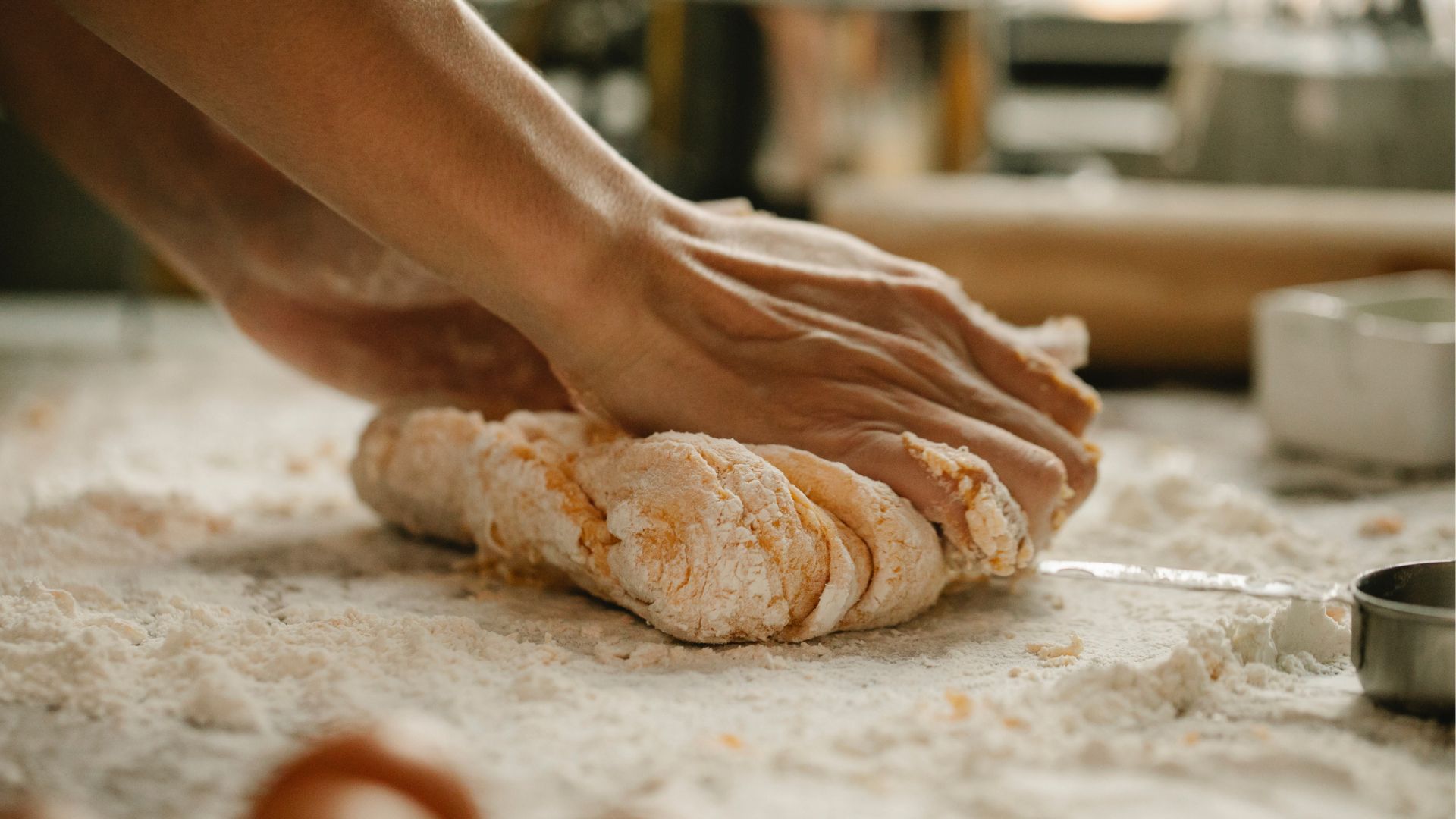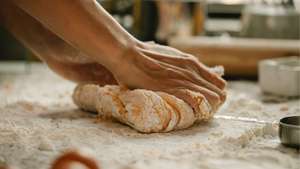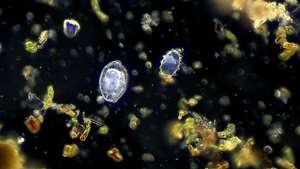
The Chemistry of Baking and Cooking
Oh, hello there! You survived the piquant lure of the kitchen introduction? Kudos, my somnolent voyager!
Ready for a deep dive into the chemistry of cooking? But hey, don't shiver in your apron, it's just like playing with Legos, dare we say edible Legos! So, let's meet the invisible little chefs called atoms, molecules, and compounds that dance like no one's watching every time we cook.
Cooking usually involves heat, and this heat causes reactions in our edible Lego blocks. Take the art of browning a steak, for example. Fancy shmancy term: caramelization. Plain English? Chemical reactions give rise to new compounds making the surface golden brown and utterly scrumptious.
Now we have some dessert – who doesn't? Did you know making ice cream is a chilled science experiment?
Grab your safety goggles and lab coat, you mad ice-cream scientist! In the frozen world of ice cream, our bff chemistry lowers the freezing point of the ice, creating that luscious creamy texture we all yearn for. Ah, my fellow gastronaut, our quirky quest continues to the realm of delicious engineering known as baking, might as well buckle up!

Baking: The art of delicious engineering
Welcome, my friends, to the delightful world of delicious engineering, also known as baking! Ever bit into a flaky croissant and wondered about the magic behind it? That's our star of the show, Puff! Yes, the science here is pretty 'puff'... simple. All you need is some butter, flour, and patience. A lot of patience! But that’s not all to the mysteries of baking; we have our bread heroes - Yeast. You could call them the secret agents of the baking world.
Why, though?
Well, these tiny fungi munch on the sugar, burp out carbon-dioxide, and voila! Your dough rises, giving us the oh-so-yummy, soft, and spongy bread. And let's take a moment to appreciate the uncontested diva of baking – Sugar. Oh, the sweet, sweet seductress that caramelizes to perfection, gifting us with the crème brûlée and the glazed donuts we yearn for! Make no cake-stake here; the kitchen is your Chemistry lab. All you need is a bit of love and a spark of science! Up next, those taste-bud teasing flavors. Stay tuned, fellow 'Cookie' Einsteins!

Taste-bud teasing flavors and their concoctions
Ah, the kitchen - a chemistry lab for food enthusiasts where bizarre experiments called recipes happen. Let's dive into the world of flavors, shall we? Picture this. You're munching a juicy roast turkey with a spoonful of cranberry sauce.
Now, that's food pairing – an 'epicurean marriage' made in heaven. Perfect culinary unions that take your taste buds on a roller coaster ride-transforming a 'meh' meal into a 'wow' experience! Ever chewed a sprig of cilantro and thought, "Why does this taste like my scented bath soap?" Well, congrats, your genes just won the weird-taste lottery.
Not everyone experiences this 'soap-gate' phenomenon – a fun trivia to share on an awkward dinner date. Lastly, we arrive at the mystery of umami. It's like the black sheep of the taste family-completely misunderstood. It’s not sweet, sour, salty, or bitter. It's the savory flavor that makes you go 'Mmm...' - a potent essence lurking stealthily in meats, mushrooms, and well...MSG. Echoing the wisdom of famous chef Michael Pollan - "When chopping onions, just think of the flavor!"

Mirror, Mirror on the wall, Who’s the prettiest of all? Presentation!
There you are, salivating over that lusciously garnished taco on your Instagram feed when really, it's just Tuesday night shepherd’s pie on your dinner table. First bite is all about the vision, my friend! (sighs) The life of a potato in the 21st century. Ever caught sight of those cute little baby carrots at the supermarket? You could just crunch a dozen! And here’s the cracker; they are usually crafted from not-so-pretty big carrots. Clever, eh? Talk about taste versus waste! So, when they say "looks can be deceiving", it was probably a disgruntled foodie with unmet culinary expectations. (winks) Remember, presentation is a queen that never steps down from her throne! Stepping from the glamory of "Instagrammable" food, let's buckle up to explore the "fitness-dependent" cooking techniques. They say "You are what you eat". Hmm...I certainly don't recall eating a sexy beast today.

Fitness-dependent cooking techniques
Well, well, well... Look who's getting all fitness freakish and counting their calories on the fingertips! Fret not, dear reader, as we're jumping right into the so-called "Fitness-dependent" cooking techniques. Time to "steam it up" with the healthiest cooking method around: steaming! I say, who knew letting hot vapors pass through food in a closed container could bring out the best in our veggies? Apparently, those ancient Chinese folks did. Bravo! Had enough of steaming? Pfft, amateur. Let's whip out the fancy tuxedos and learn some French with "Sous-vide." This ridiculously fancy technique (literally meaning "under vacuum") involves cooking food in a plastic pouch submerged in a water bath, bringing out the inner aristocrat in us all. Voilà, your taste buds and waistline, both, shall thank you.
So, where've we ended up in this whirlwind tour of the delectable science behind your dinner plate? Right back to our homey kitchen counters, armed with some serious molecular know-how, ready to woo those taste buds. Chef up, you science wizards, and feel the joy bubbling up as you rediscover the magic in your everyday cooking and baking! Now, wasn't that a deliciously enlightening journey? I'll leave you to stir up some atomic bonbons!




